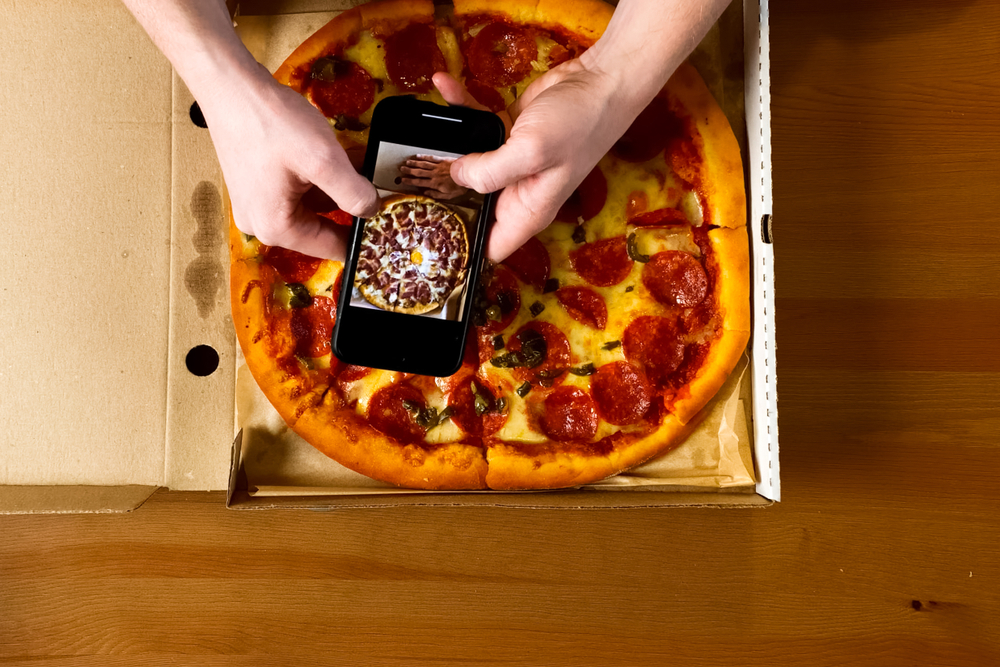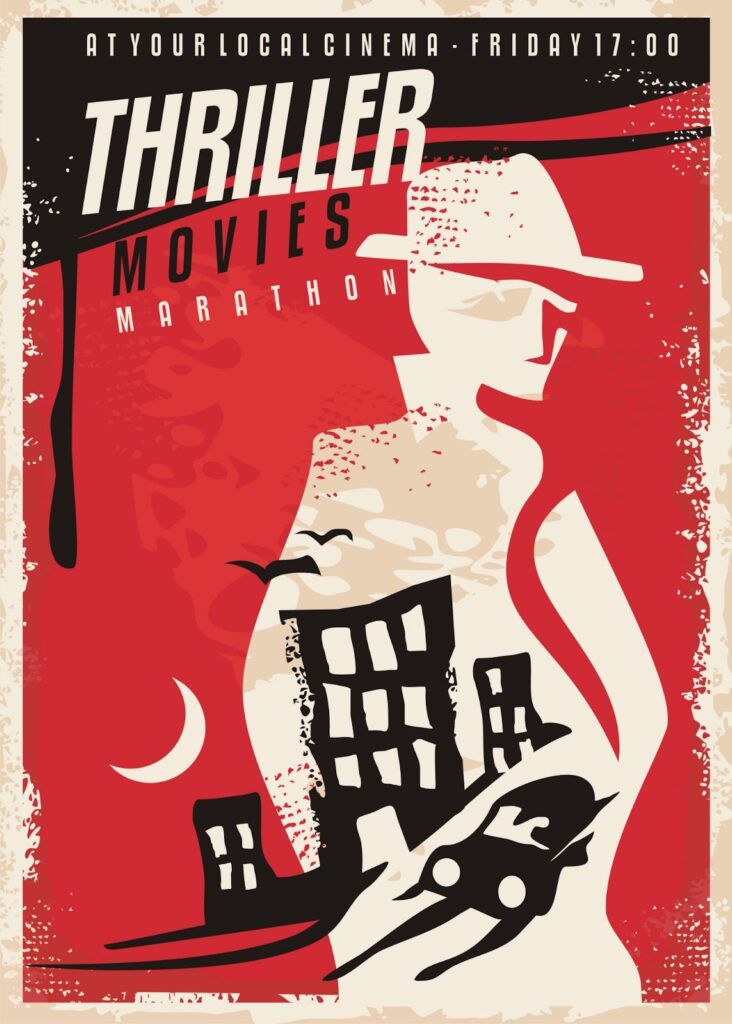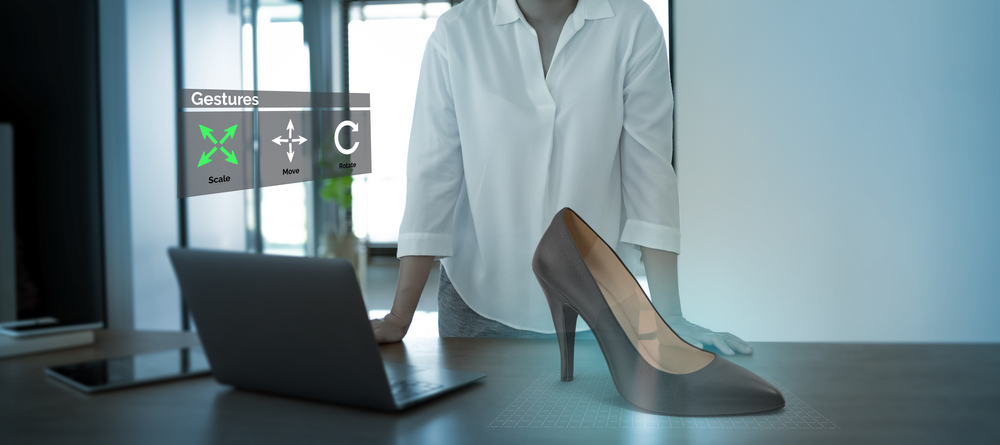Standard advertising was launched via print, radio or television campaigns. Consumers were used to viewing their favorite products in slick print ads in magazines or in simple black and white messaging in newspapers. Many companies also reached their key demographics via television or radio commercials.
Now, though, advertising messages are launched in highly targeted campaigns via Facebook, Google and other online channels. In addition, many companies are now embracing tactics that engage and immerse the consumer into the messaging. Augmented reality advertising and marketing campaigns invite consumers to explore a fully immersive environment that immerses the consumer into the company’s messaging to engage and excite them and, hopefully, to also influence their buying decisions.

What is Augmented Reality Advertising?
Augmented reality advertising campaigns require the consumer to use a phone or tablet’s camera function to enter a new world. The camera captures the user’s real-world environment, and the campaign projects unique graphic elements to create an interactive experience.
These campaigns can be fun and informative; they can transport consumers to a different world and invite them to explore products through games and adventures. Augmented reality also could provide a unique look at the company’s history, too.
While augmented reality advertising and marketing campaigns aren’t new, they are gaining popularity. Augmented reality experiences can be uncovered via beverage cans, pizza boxes, wine labels and more. Even children’s meal packaging at fast food restaurants has been augmented.
Here’s a peek at how businesses have used augmented reality experiences to heighten engagement and immerse consumers into their brand messaging:
McDonald’s
McDonald’s has used augmented reality for advertising and other experiences for years. In Australia, the fast food giant augmented its annual Monopoly game. Users could download an app and hunt for the cards for the game. The goal was to collect all the property cards in a color group.
McDonald’s also augmented its Happy Meal boxes to create immersive experiences based on DreamWorks movies like Mr. Peabody & Sherman and How to Train Your Dragon 2. Experiences were based around ‘healthy foods.
Vox reported back in 2014 that McDonald’s also released an augmented reality experience for the World Cup. The restaurant’s fry containers could digitally transform into a soccer goal. The site explained that users could move the ball around their real environment to try to score a goal into the fry box.
And, in 2016, McDonald’s released augmented reality Advent Calendars with the help of Blippar. Trays transformed into advent calendars that featured games and other experiences. Every day opened up a new surprise or experience.
Starbucks
The coffee franchise unveils its holiday red cups each year. In 2019, these famous cups integrated augmented reality experiences for Instagram and Facebook that included festive messaging and effects.
While this feature might have been limited to the holiday season, it was yet another way for Starbucks to get consumers excited for their yearly tradition. Consumers also could share their cups via Instagram Stories and include the augmented reality effects, too.
Pizza Hut
Pizza boxes became a video arcade when Pizza Hut augmented its packaging to include an interactive Pac-Man game. Consumers could use their device camera to capture the box and transform it into the familiar Pac-Man screen; the digital yellow character could then be navigated to gobble up ghosts right on the box! Consumers could use QR codes on the boxes to access the experience.
Augmented Reality Wine Labels
While augmented reality wine labels aren’t necessarily standard advertising, they do entice the consumer to explore the brand and the brand’s messaging in more detail. Augmented reality wine labels can incorporate any story the brand wishes to tell and launch a complementary augmented reality experience to fully narrate that story. For example, 19 Crimes lets consumers learn more about those convicted of the 19 crimes and meet the warden, too. Snoop Dogg’s Cali Rose label features an augmented reality Snoop experience.
Many brands include augmented reality experiences via ARWine, Winerytale, Living Wine Labels (includes 19 Crimes and Snoop Dogg’s Cali Rose and others), and some brands even launched their own AR apps.
Vaseline
To celebrate its 150th birthday (or anniversary), Vaseline created an augmented reality experience that could be accessed by scanning the tin lid of limited edition products. Users downloaded an app via Google Play or the App Store, scanned the lid and could enjoy a game to learn more about all the ways to use the product (150 ways, to be precise!).

Augmented Reality Preview Experiences
Many brands and businesses use augmented reality to create preview experiences for their product. This allows consumers to virtually try out furniture, cosmetics, eyeglasses and even shoes before buying the product.
Preview experiences can provide a similar try-on appeal as the standard dressing room at an in-store experience. Using just their camera on the phone (or tablet), customers can select the item they wish to preview and see that product in their environment.
When shopping at home, this takes the guesswork out of purchases. Buying cosmetics without trying them on sometimes means that the consumer selects an unflattering shade. With augmented reality, consumers can swipe on eyeliner, lipstick and more. They can drop furniture into their home or even try on eyeglasses to see if a frame is right for their face shape.
For stores, preview experiences could decrease returns and increase customer satisfaction in their purchases. In addition, these preview experiences are entertaining to use; they might encourage customers to explore products just to play around with the experience. This might even result in the consumer buying a product they didn’t know they wanted or needed.
Augmented Reality Facebook Ads
Facebook makes it easy for companies to create augmented reality experiences. Facebook explains that companies can pair up with a producer via the Spark AR Partner Network. The ad on Facebook can encourage consumers to open up their camera and interact with products and explore.

Augmented Reality Movie Posters
Movie posters are a form of advertising that has been popular for generations. While movie patrons typically enjoy previews of new movies before their feature film, movie studios also advertise their upcoming releases via simple posters. Movie posters are a popular collector’s item, too.
While standard movie posters are still a popular means for studios to advertise their future blockbusters, some movie posters are incorporating augmented reality to allow movie patrons to learn more about the film.
In fact, some cinemas opted for augmented reality movie posters to provide their patrons with a unique experience and maybe stand out from the competition. AMC Theaters included a feature on its mobile app that let consumers scan specific posters and find out more info.
The movie poster for Toy Story 4 also featured an augmented reality experience. When consumers scan the poster with the Regal Cinema App, they can drop the characters anywhere. Buzz, Woody and Bo Peep could hang out. In addition, the app also let consumers hit a “Bonnie’s Coming” button; this made all the characters fall down (as though they were just toys).
Augmented Reality Advertising for the Automotive Industry
The automotive industry also is incorporating augmented reality into advertising and marketing experiences. Car brands are using augmented reality to provide consumers with unique preview experiences or to explore cars without visiting a dealership.
How does this work? Each brand or company might have their own campaign, but many feature a traditional ‘try on’ or preview augmented reality experience for different models. Using the phone or tablet camera, consumers can drop a vehicle model into their own space. They can preview the vehicle in the driveway, the garage or anywhere.
Some experiences allow consumers to look inside the vehicle or change the paint hue of the car. Some brands even include different features like videos or other consumer-driven experiences.
Brands are embracing augmented reality or virtual reality preview experiences as many car buyers are now going online to research or even buy their cars. These online previews let consumers have an exploratory option that provides more visual data than simple two-dimensional photos or a simple slideshow.
With augmented reality, consumers can interact with the vehicle. They can walk around it, and maybe even look inside. The vehicle typically appears in a full-scale size. This lets buyers better understand the design of each different model.
Buyers also can visit RelayCars to explore vehicles in 3D models and augmented reality. The 3D images are interactive; buyers can turn them around to see the car from different angles. With the augmented reality experience, buyers can drop the car into their environment.
While augmented reality automotive experiences might not let consumers build their vehicle and preview that customized design, this might be something that buyers could enjoy in the future. For now, though, augmented reality provides a virtual exploration that can help buyers better understand different models when they can’t visit the dealership or simply don’t want to drive there.
For businesses, augmented reality advertising experiences could become a more mainstream marketing tool. Consumers want to engage and explore different products, and, when shopping at home, augmented reality provides the means to preview products and take the guesswork out of a potential purchase.
Augmented reality marketing has created online dressing rooms, virtual makeovers and even virtual at-home car showrooms. Movie posters, coffee cups, and wine labels come alive with augmented reality, and businesses can tell stories in creative and meaningful ways to allow consumers to explore products, learn their history and even find out unique ways to use the products, too!

